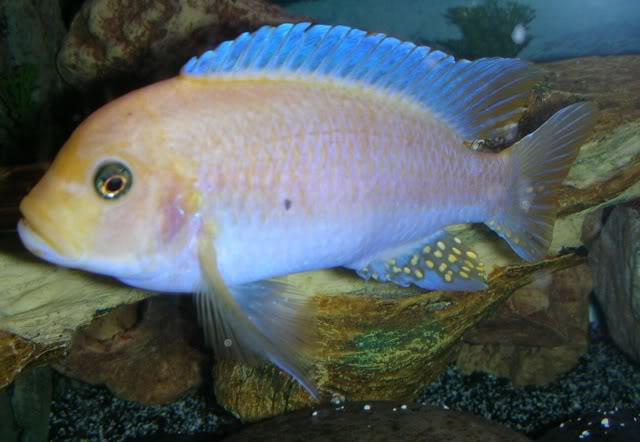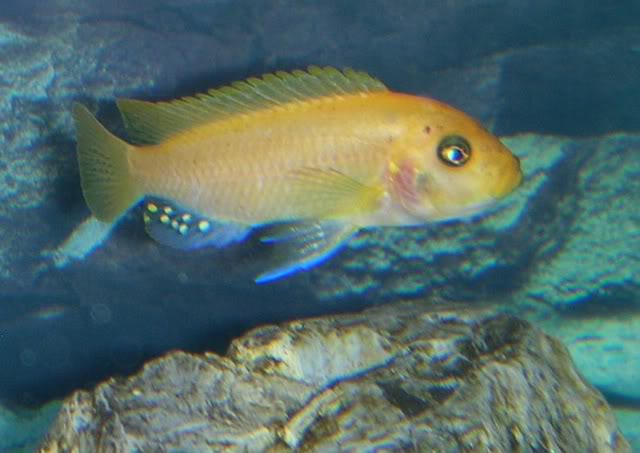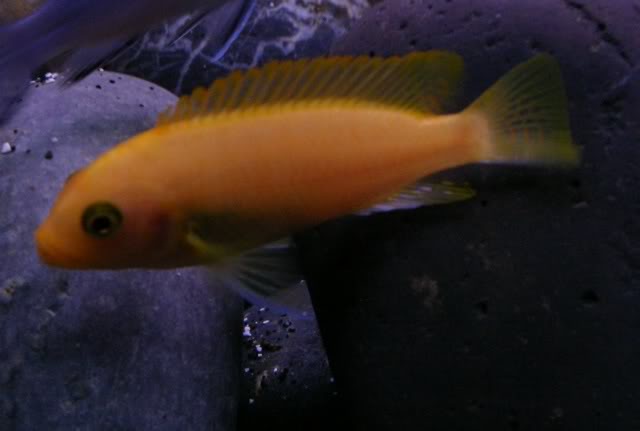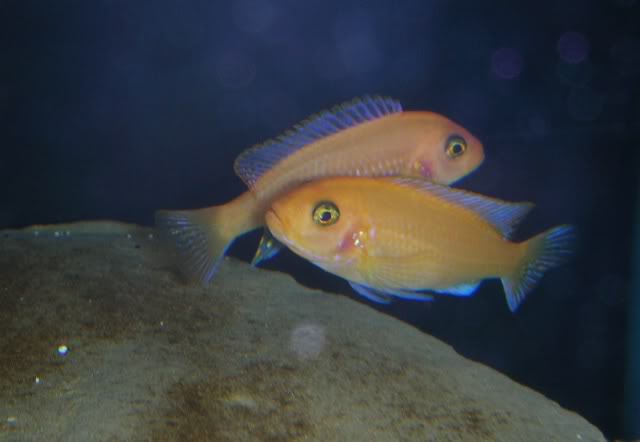Wanted to figure out the sex of my fish. They're still pretty small. 1.5-2". I've heard about looking at fun shape and for egg spots and stuff but I've also heard that those are more old wives tales. Basically wanted to know if I can and how to properly determine their sex
You are using an out of date browser. It may not display this or other websites correctly.
You should upgrade or use an alternative browser.
You should upgrade or use an alternative browser.
Determining sex
- Thread starter TheGrza
- Start date
The friendliest place on the web for anyone with an interest in aquariums or fish keeping!
If you have answers, please help by responding to the unanswered posts.
If you have answers, please help by responding to the unanswered posts.
Thanks. I'm trying to remove the females before my tank turns into Thunderdome.
Smart move. If you post the species &/or pics, folks may be able to help. If they are too young to sex, you'll have a bit of time to grow them out.
Asstd. stuff.
2 yellow labs
1 johanni
1 frontosa
1 venustus
1 red zebra
2 indistinguishable peacocks
1 ob peacock
1 Jacob friebergi
1 rusty
1 I think it's a perlmuth
1 mbamba
1 acei
2 synodontis cats
There should be some pics in my album.
I know eventually I'm going to have to rehouse the venustus and the frontosa.
2 yellow labs
1 johanni
1 frontosa
1 venustus
1 red zebra
2 indistinguishable peacocks
1 ob peacock
1 Jacob friebergi
1 rusty
1 I think it's a perlmuth
1 mbamba
1 acei
2 synodontis cats
There should be some pics in my album.
I know eventually I'm going to have to rehouse the venustus and the frontosa.
Mouth-Brooder-Fanatic
Aquarium Advice Addict
Wanted to figure out the sex of my fish. They're still pretty small. 1.5-2". I've heard about looking at fin shape and for egg spots and stuff but I've also heard that those are more old wives tales.
Venting is the sure way but venting small juvie cichlids can be difficult because differences may not yet exist at that size. You may want to attempt it when they're bigger, like HN1 said, maybe when they're 2.5"-3"+.
M. johanni, n. venustus, and mbamba (if labidochromis sp. mbamba) are distinctly dimorphic as matured specimens. There genders will become evident when they undergo their color transitions as they mature. Male M. johanni become blue/black fish, male N. venustus develop blue heads and are capable of making their blotches disappear for a time, and male L. mbamba become distinctly striped.
Male peacocks become colorful (females remain bland).
Fin shape and dorsal fin color can provide significant clues among orange-morph m. estherae (red zebra) at under 3".
The dorsal fin of a male orange-morph red zebra will take on a blue hue. The female's dorsal fin will remain orange:
Matured male red zebra (note blue-hued dorsal fin):

Female red zebra (orange dorsal fin):

Another female (again, orange dorsal):

The blue-tinged dorsal fin develops while the male's are still small juveniles:

Matured male red zebra (note blue-hued dorsal fin):

Female red zebra (orange dorsal fin):

Another female (again, orange dorsal):

The blue-tinged dorsal fin develops while the male's are still small juveniles:

Similar threads
- Replies
- 3
- Views
- 370
- Replies
- 7
- Views
- 546
Latest posts
-
-
-
-
Nitrates up, pH and total alkalinity down
- Latest: Airborne 82nd
-
-
